By: Marie PalladinoGreetings all! My name is Marie Palladino, and I am a museum educator hailing from Boston, Massachusetts. I work at the Mary Baker Eddy Library, an archival library, and place-based learning site that has one of the largest collections dedicated to an American woman in the United States. At the Library, I direct youth, family, and community engagement programs including our February School Vacation Week Program, Untold American Stories-- Black History Month. I am so happy to be able to share my unique experience as an educator developing a public programming project with you all so that you may be inspired to think about how SB’s content and resources can reach your communities. I just want to clarify who Mary Baker Eddy was, and how her legacy connects our work with SB. Mrs. Eddy was an American thought and religious leader that blazed a trail for women as she wrote and published books, began a religious denomination, Christian Science, opened a college, founded the Christian Science Monitor Newspaper, and acted as an international philanthropist all before women had the right to vote in the United States. She adored children, and often donated to those in need. Today at the Library, we strive to uphold her philanthropic legacy by providing free educational resources to young people in the Greater Boston area, with a primary focus on the Boston Public School community. We believe in bringing equity to education. We aim to do this by providing learning experiences that encourage one's potential to make a positive difference and to incite the development of an expansive view of humanity. Since 2015 SB has tremendously helped the Library in presenting a historical counter-narrative about those who have inspired progress in our nation. I was excited to learn about SB as it felt like a natural fit for a program collaboration. At the time my team was aiming to create a Black History Month program to take place during February School Vacation Week but was struggling to find strong resources that celebrated little-known stories of African American achievement. It felt like SB serendipitously came to my attention after months of researching potential resources. Specifically, an afternoon radio broadcast caught my attention in the car, and there I was, pulling over and scrambling for a pen in my purse to write all the precious information down! After connecting with Karyn and her team, we were fortunate enough to be granted SB's support and permission to make use of films and resources. Since that time our collaborative programming has reached 3,270 visitors including 2,234 children in the Boston area. Program Information Workshops: The February program includes four fun-filled days of interactive workshops, children’s tours of the Mapparium Exhibit, and drop-in art projects. Over the years we have offered 8 workshops per week to 250- 400 children, but in the past four years, 444- 691 children have been in attendance alongside 200-350 adults. The additional children and adults that are not attending workshops are participating in drop-in activities including scheduled film screenings, and drop-in art. Typically all workshops are at full capacity, but on occasion, some are canceled due to issues with inclement weather. Out of school time programs in the form of vacation week camps from Boston neighborhoods including Roxbury, Roslindale, Mission Hill, Mattapan, Jamaica Plain, Dorchester, Hyde Park, the South End, and Cambridge's Central Square typically bring in groups of children ages 5- 12. Additionally, many walk-in families are in attendance, either joining workshops or participating in drop-in art activities. Each day of the program is dedicated to one story of focus. On Tuesday last year, we had a morning and afternoon workshop dedicated to Janet Collins, the first African American Prima Ballerina. We begin the workshop in our Book Nook space, welcoming about 25-30 children. We talk about the themes of the story and then screen the film. Often, depending on the group, I pause the film at crucial moments to discuss challenges that Collins faced. I asked children questions like, "What would you do if someone asked you to change who you are to be accepted?" and "Why was it so important for Janet to keep working hard even though she was hurt?" These questions usually prompt deep and powerful conversations about equity, race, and discrimination lead by children as young as 6 years old. I have seen children encounter "aha moments" from all four films again and again. The films are an effective tool to help young visitors internalize our shared history. After the screening and Q&A, we head into the historic Welcome Hall to participate in an extension activity. Young visitors learn a stepping, hip-hop, or ballet routine facilitated by teaching artists from the Boston community including Northeastern University's S.O.A.L Stepping Team, the Boston Latin Stepping Squad, the Harvard Passus Step Team, Brian Washburn of Mass Movement Inc., and Henoch Spinola of Boston Dance Theatre. For the Henry "Box" Brown workshop we had in guest educator and poet, Regie Gibson to lead a slam poetry lesson. Children wrote verses about Henry's experience onto adhesive shipping labels and after reading them to the group over a microphone with the help of Regie or on their own, each child would stick their poem to a 5x5' cardboard box. This would create a collaborative work of art by the children that demonstrated their feelings and insights about Henry's journey. After, the box is left in the Library's Gallery space for two weeks as a public art display dedicated to the beloved freedom fighter. At the Garrett Morgan workshop, children worked in groups to create their own inventions to solve a presented problem. In this case, children are told that they need to get fish out of small, inflatable pools. The pools are filled with packing peanuts and rubber, magnetic fish. Children are given various materials including yardsticks, yarn, duct tape, magnets, pipe cleaners, and rubber bands and they must come up with an invention to remove the fish from the water 5 feet away from the pool. This invention lesson was donated by the National Inventors Hall of Fame, of which Garrett Morgan is an inductee. Children were encouraged to take time to process and to reapproach their inventions if they did not work at first. Last year we were fortunate enough to debut the Bessie Coleman film at the Program. After the screening, children made their own flying contraptions using a variety of recycled materials. Participants worked in groups of 4 or 5 and were able to work collaboratively or individually. The groups had names like “Team Coleman,” Team Aviatrix,” and “Team Queen Bess.” I set up a runway so that the children could test their flying objects throughout the lesson. The runway included milestones of aviation achievement. For instance, a flying contraption that flew 5 feet would land at the "Co-pilot" milestone, and one that flew 15 feet would land at the "Flying Free" milestone. All were marks of progress and encouraged children to keep refining their work. In the end, each participant earned their pilot's license from “The Bessie Coleman School of Aviation” which I crafted and handed out. Children also reflected upon Bessie Coleman's dream to open an integrated aviation school and thought about how it connected to their experience that day. Drop-in activities Over the week the Library offers drop-in activities for visitors that may not have caught wind of workshop registration. On the week off from school, many families plan visits to the Library to visit the popular Mapparium Exhibit and then stumble upon the program. We do our best to include as many walk-in children as possible in our workshops, but in the case of when the timing or format is not fitting for the visitor, we provide other ways to engage with SB's content. Two selected films are screened daily when workshops are not in session. We also offer 45-minute drop-in dance lessons as the dance workshops have proved to be high in demand! One portion of the program which is quite near and dear to my heart is the art station. The Library sets up 4 tables, each dedicated to a different African American artist. Children not only learn about biographies and unique achievements but also about experiences in the art world, methods and artistic process, and how to work with different mediums. In the past, we have explored the work of Jean-Michel Basquiat, Kehinde Wiley, Selma Burke, John Wilson, Harriet Powers, Lois Mailou- Jones, Romare Bearden, and Ashley Bryan. This upcoming year we are preparing lessons on all living artists including Nick Cave, Whitfield Lovell, Ekua Holmes, Faith Ringgold, and Howardena Pindell. We are especially excited to make and move around in Nick Cave inspired Soundsuits to the drum beats of Zili Misik’s Kera Washington next month! Outreach and Reception
The Library's Education team facilitates outreach by directly calling community centers and schools around Boston and forging lasting friendships. One of my personal heroes is the late educator, Rita Pierson. She always emphasized how relationships are the key to learning, and I believe by extension, community building. I would try my best to foster a relationship with every point of contact, walking each through the mission of the Library and SB, and why the films/resources are unique and important. I explained that all activities were free and in my opinion, aided in bringing equity to the state and national curriculum standards which still had miles to go in inclusivity. This really resonated with most educators that I spoke to in my outreach. It should be noted that 34% of BPS students are African American and in total 75-80% are of color. In many conversations camp and out of school time program educators felt that there was not nearly enough focus on stories about African American achievers in general curriculum. Visiting groups and families were seeking opportunities to learn about diversity in our shared history and programming that would reflect the heritage and culture of their community. Most were looking for programming that reflected the African American experience as February School Vacation Week coincides with Black History Month. Educators and parents were excited and moved that we were bringing SB stories to Boston. Furthermore, at the program, the themes of the films received positive feedback from both children and adults and fostered interdisciplinary learning experiences. Another thing that worked especially well was that a group could visit twice in one week and have two very different experiences. For example, Boston’s Bridge to Excellence could come on Tuesday and learn about Janet Collins, Stepping, and Ashley Bryan’s puppet making, and then return once more on Friday to earn their pilot's license from the Bessie Coleman School of Aviation, and then experience a drop-in ballet lesson. We also noticed groups, families, and even individual children were returning year to year. Things were not slowing down with the same content, in fact, they were speeding up. We saw higher rates of attendance and higher demands for workshops which pushed us to create "double workshops" to accommodate more children. This is when a larger group of 50-60 children comes in instead of a group of 25-30. Half of the visitors watch the film first, and the other half makes an invention, earns their wings, writes a poem, or learns some new dances move first, and then they switch! Currently, I am planning the 5th year of this program. It is a joyous time, as we just love promoting it and bringing more of the community in to work with us in delivering the SB content, or to learn and engage. There is always something new and exciting that we add to the week. Our first year we welcomed 444 young visitors. That figure has been increasing year to year— in 2017 510 children visited, and in 2018 we had 589 children in. Last year we worked with 691 children! We only hope that we can continue to spread the word and to support SB’s mission by bringing these unique and emotive stories to more and more young people. We are also open to hearing from you, answering any questions, learning more from your insights, or providing our own programming resources. To get a stronger visual feel free to watch a short clip of the program or to connect with me at [email protected]. And please, come visit us next time you may be in Boston!
1 Comment
Leave a Reply. |
Sweet BlackberryBlog Archives
May 2024
Categories |
Sign up for our newsletter!We'd love to keep you updated on our latest projects, partnerships and initiatives.
|
|
Our Mission |
Get Involved |
Activities |
Quick Links |
Sweet Blackberry © 2021. All rights reserved.

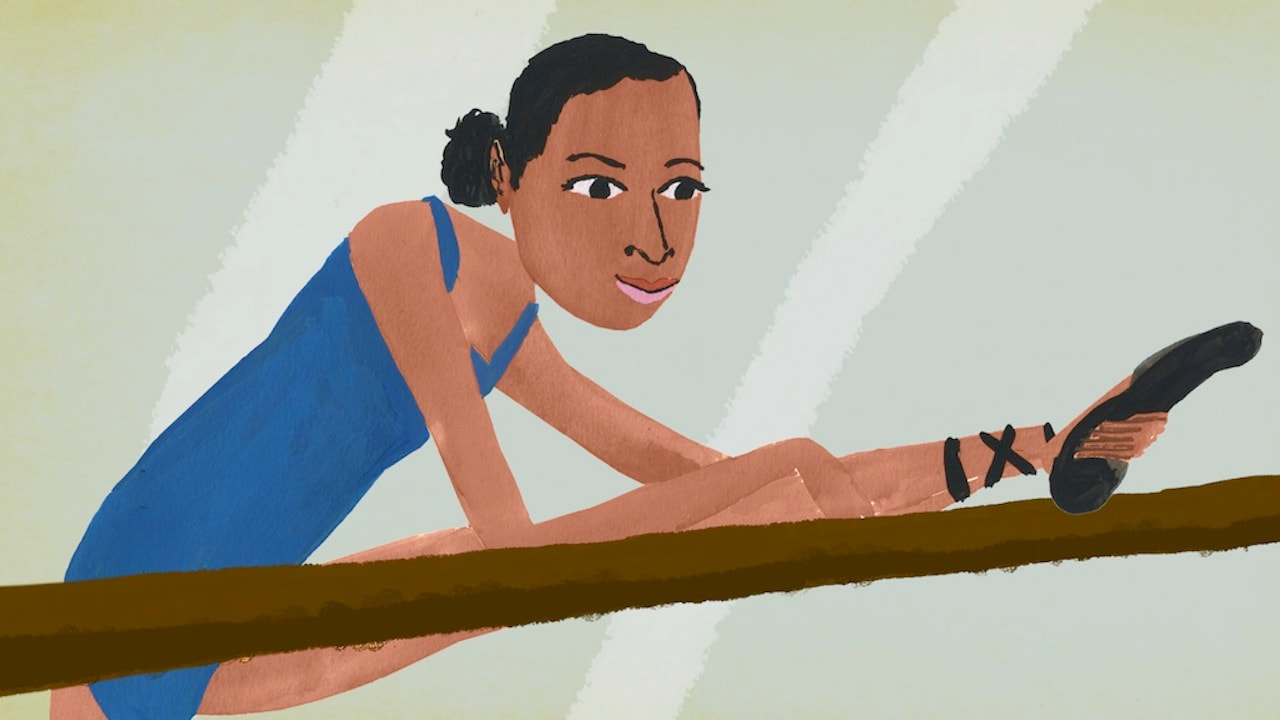
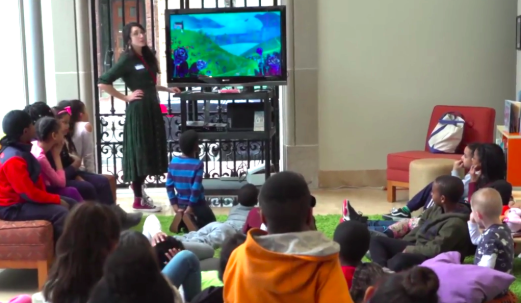
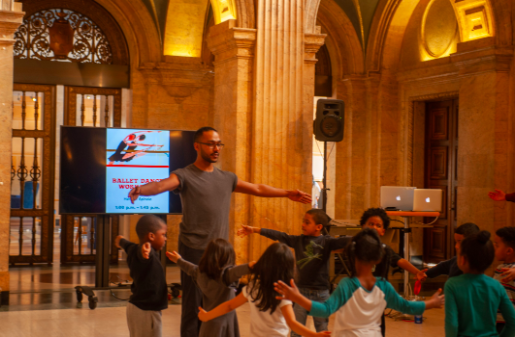
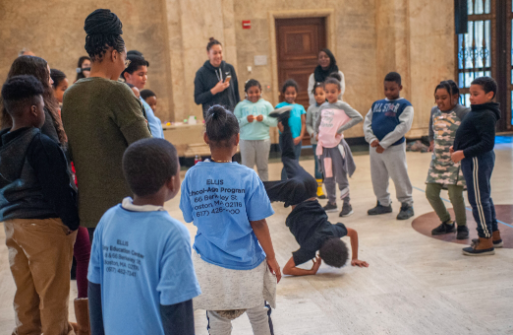
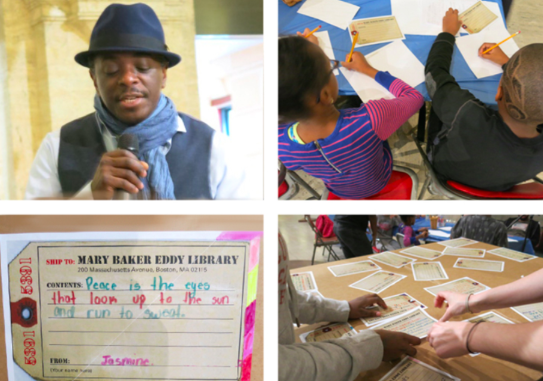
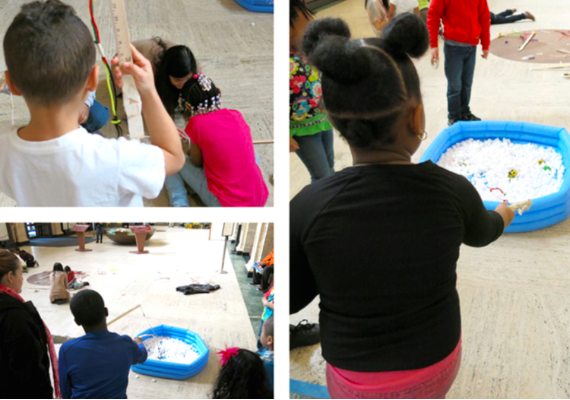
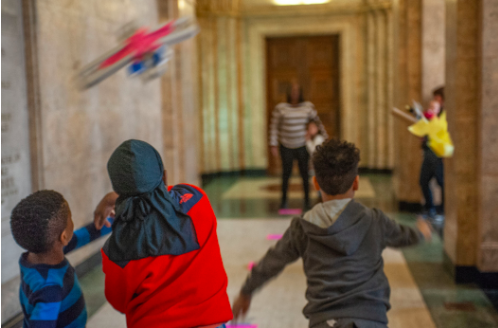
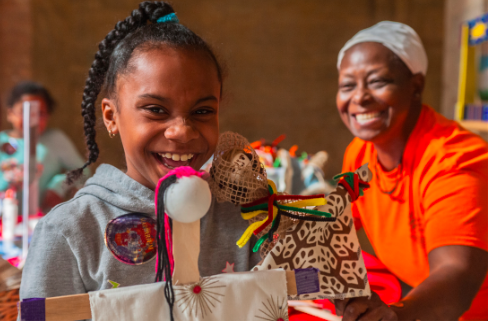
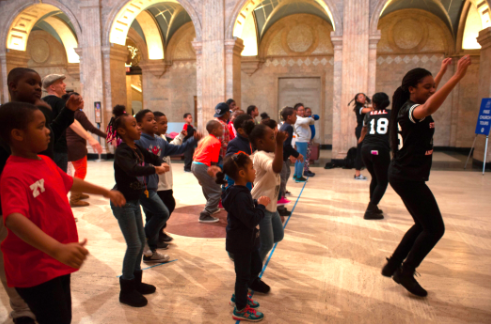
 RSS Feed
RSS Feed